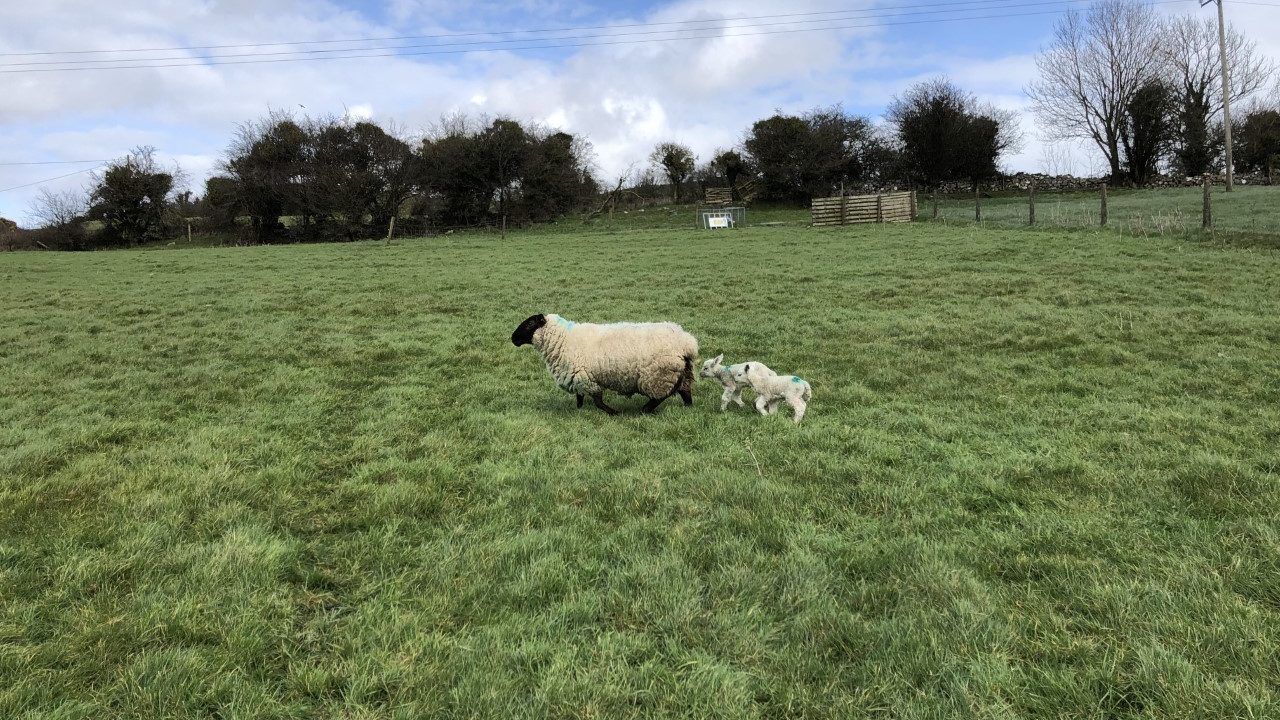Last week, Philip Creighton of Teagasc discussed all things grass and touched on what sort of an opening average farm cover is needed on sheep farms this spring.
In his presentation, Philip also spoke about the importance of farms having an autumn closing plan in place and how farms that closed ground early last back end, are seeing the benefits this spring.
Speaking about what sort of opening covers farms should be looking to have at turnout after lambing, he said that farms stocked at 10 ewes/ha would want an opening farm cover of approximately 650kg DM/ha at the start of the grazing season. That’s the equivalent of an average grass height across the farm of 5.5cm.
“If we were stocked at 10 ewes/ha, each ewe, when they are turned out, will have a daily demand of approximately 2.5kg DM/day,” he added.
“So, if you take your 10 ewes/ha and take your demand of 2.5kg, you’re looking at a demand of 25kg DM/day.”
Philip said that by having an autumn closing plan in place, farmers can make use of that grass now (which has been banked up since last back end), when ewes and lambs are turned out, while grass growth rates are still low and until nitrogen (N) can be spread on land; however, due to the poor weather, this has been difficult to do.
Factors influencing spring grass supply:
- Autumn closing date;
- Winter grass growth;
- Spring N application;
- Spring grazing management.
He added that closing ground early on some farms last October has had a huge impact on where they stood now in terms of their grass requirements.
Farms that had no ground closed in October and very little in November were seeing a lower opening average farm cover this spring.
Farms that closed when there was still active grass growth in October and November were seeing much more positive results this spring.
Philip added that highly-stocked farms really need to be closing early in order to build up grass for spring, whereas, lower-stocked farms could get away with not closing as much ground as early.
The wet and cold weather since the turn of the year and not being able to get out early with N, are seeing farms behind on where they would like to be in terms of grass covers now, Philip concluded.
